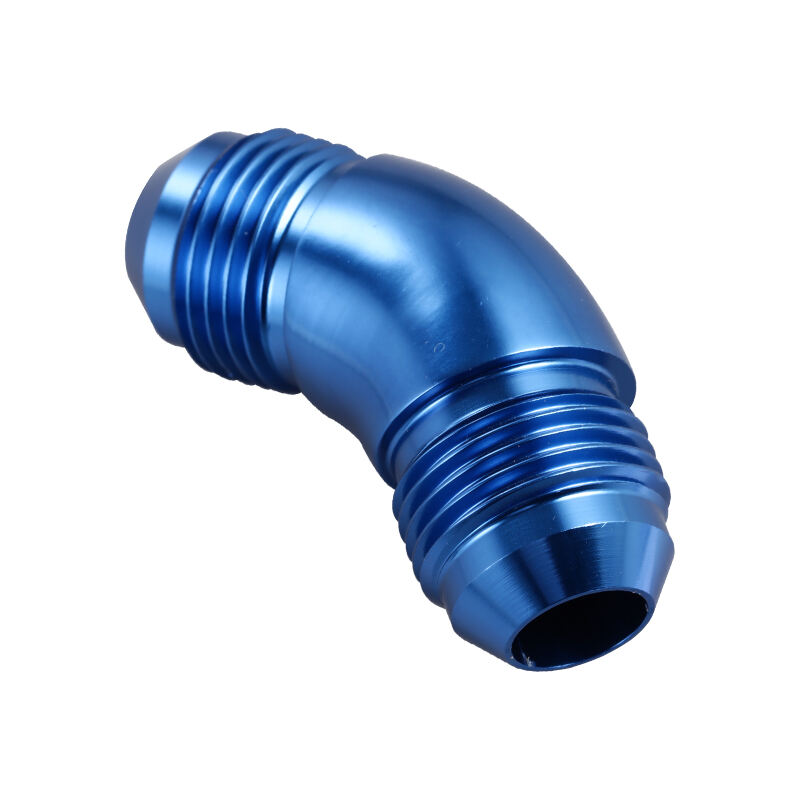
In fluid transfer systems, and in particular the high performance ones, every detail of the construction is often decisive and full flow fittings are one of such detail. These fittings are specially designed with minimum flow restrictions to enhance the performance of the system. This article examines the mechanics and design of full flow fittings, and explains the reasons for their importance in industry.
What Are Full Flow Fittings?
In several applications where fluid pressure is used, the application of a fluid is necessary. These fluids are driven through lines having fittings that are described as full flow. For example, such full flow fittings are often found in the plumbing surrounding a vehicle and are characterized by smooth inner diameters.
Benefits of Full Flow Design
As a result, full flow fittings are popular with the goal of restricting the loss of pressure. In other applications focused more on the internal pressure such as in hydraulic circuits or fuel lines, full flow fittings can be employed to enhance performance. This construction also significantly increases the chances of leaks occurring in the first place since the fittings provide a stronger interconnection which hinders failure.
Material Selection
Full flow fittings are manufactured using different materials ranging from aluminum, stainless steel to brass. The application and the requirements of the liquid to be conveyed shall determine the material type. Aluminum, being cheaper and light in weight, is mostly recommended for use in automotive industries, while stainless steel is more reliable as it is stronger and does not rust under extreme conditions.
Applications of Full Flow Fittings
These fittings are often utilized in high-performance racing applications (Cars), huge industrial tools, and hydraulic systems. In applications like racing, all parts will be required to work seamlessly, where full flow fittings assist in delivering the fuels and fluids, properly. For example, in industries, these fittings help secure the hydraulic units where any change in pressure or flow rates can determine the effectiveness.
In conclusion, the full flow fittings are quite necessary elements in a fluid transfer. Their configuration is made so as to create the least hindrances, which would, in turn, decrease the pressure loss across the Lines, thus improving system efficiency. Proper material selection and understanding potential applications can promise engineers and technicians to have efficient solutions in many areas of practice.